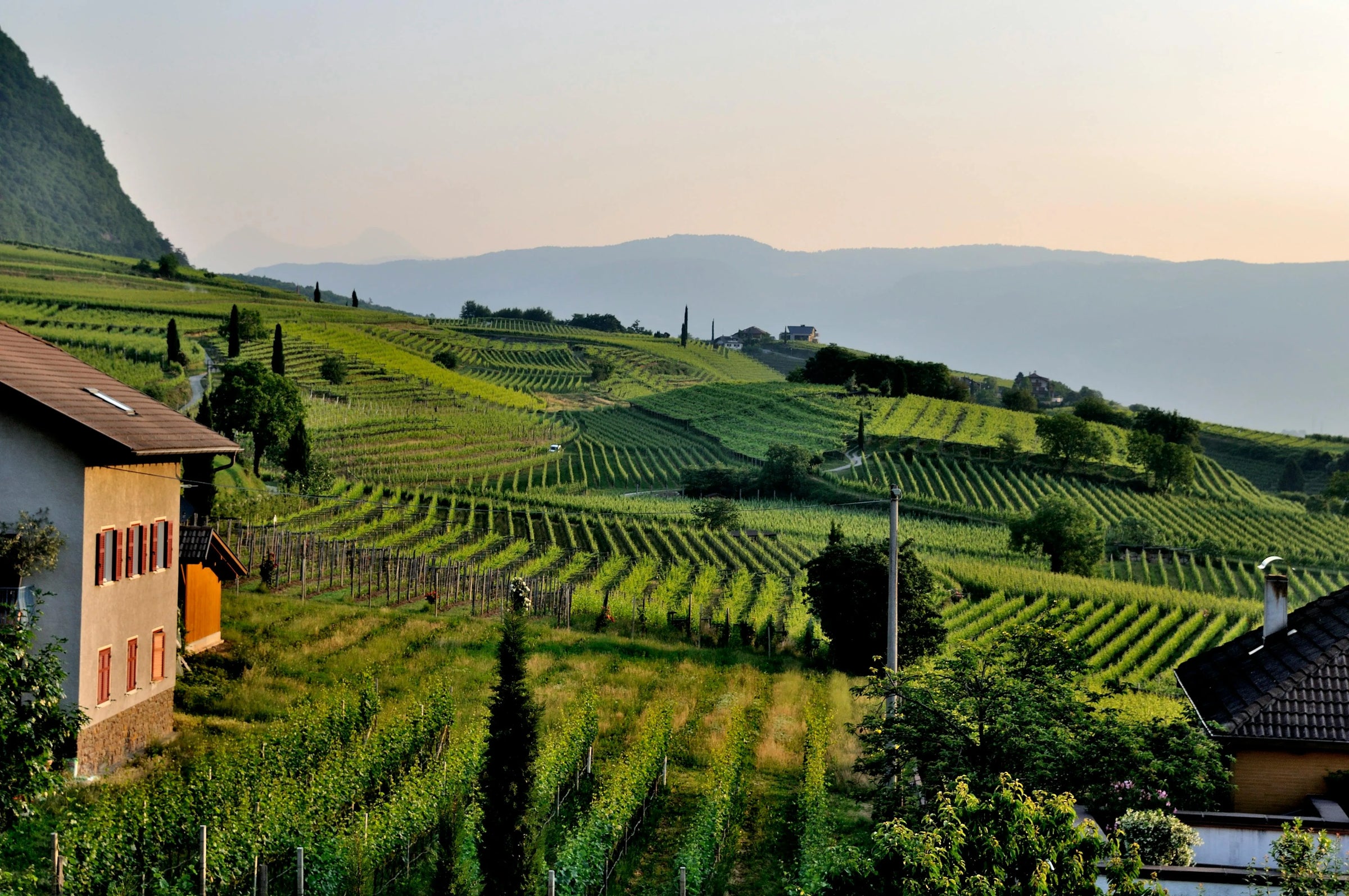
Pinot Gris Wine
Pinot Gris Wine
You may know it as Pinot Grigio, but whether this grape variety takes on its French identity as Pinot Gris or dons its Italian name, you’re in for a ride. While the grigio is the quintessence of crisp, light, citrus fun, the gris from the Alsace region of France is medium to full-bodied, smokey and spicy. Depending on where it's grown, this Pinot can be dry or sweet. Generally speaking, its aromatic plate is full of citrus fruit, grilled almond, or vanilla. So what are you waiting for? There’s nothing better than tasting different Pinots to discover the regions of the world.
Pinot Gris Wine
Origin and History
Pinot Gris, known as Pinot Grigio in Italy, is a grape variety with Hungarian origins. It traces its roots to the Tokaj region in Hungary, where it was initially cultivated before making its way to Burgundy and then Alsace. This variety was formerly known as Tokay in Alsace, a designation abandoned following a restriction on the use of the name "Tokay" to exclusively refer to wines from Tokaj in Hungary.
The term "gris" refers to the particular color of the berries, which are generally gray-pink. This name derives from the color of the grapes, which can range from bluish-gray to slightly coppery pink, contrasting with other members of the Pinot family.
Pinot Gris vs Pinot Grigio: Terroirs and Philosophies
Preferred Terroirs
Alsatian Pinot Gris is renowned for its rich and complex aromas, often cultivated on varied terroirs that lend it a distinctive minerality and great depth. In Alsace, it is often vinified into sweet or dessert wines thanks to late harvests or noble rot, giving it an unparalleled aromatic richness.
In Italy, Pinot Grigio, particularly in the regions of Friuli-Venezia Giulia and Trentino-Alto Adige, is vinified in a lighter and fresher style, producing dry, crisp, and fruity wines. The soils and climate of these regions impart a refreshing acidity and notes of white fruits and citrus to the wine.
Winemaking Philosophy and Price
The winemaking philosophies significantly diverge between Alsace and Italy. In Alsace, winemaking emphasizes complexity and richness, often with some aging on lees and sometimes malolactic fermentation, resulting in fuller and more structured wines. In Italy, winemaking focuses on freshness and purity of aromas, with fermentation at low temperatures to preserve the vivacity of the fruit. Italian wines are therefore often lighter and more accessible.
The price of Alsatian Pinot Gris often reflects this complexity and richness, with bottles reaching high prices for the most prestigious crus. The price of Italian Pinot Grigio is generally more affordable, with a wide range available for daily consumption, although some renowned producers also offer premium cuvées.
Other Growing Regions
Besides Alsace, this grape is also cultivated in the Loire region, where it is known as Malvoisie, particularly in the Coteaux d'Ancenis. This wine offers a fine alternative with ripe fruit aromas and a nice freshness.
In the United States, Oregon is a flagship region for Pinot Gris. The vineyards in this region produce wines with a beautiful balance between acidity and fruitiness, often compared to the best wines of Alsace.
In Hungary, this grape, often named Tokaj, continues to play an important role in local viticulture, with wines presenting a rich and diverse aromatic palette influenced by the volcanic terroir of the region.
Pinot Gris Rosé and Pinot Grigio Rosato
Pinot Gris rosé, also known as Pinot Grigio Rosato in Italy, is a variant of winemaking where the juice of the grapes macerates briefly with the skins, giving the wine a delicate pink hue. This wine is ideal as an aperitif, offering aromas of small red fruits and seductive freshness.
This variety, whether known as Tokay from Alsace, Malvoisie from Coteaux d'Ancenis, or Tokaj from Hungary, offers a diversity of styles and flavors that appeal to wine enthusiasts worldwide. Its adaptation to different terroirs, whether in Alsace, Italy, Oregon, or elsewhere, demonstrates its ability to produce exceptional and varied wines, ranging from light and fresh wines to rich and complex ones. Prices reflect this diversity, allowing everyone to find a wine to their taste and budget.
For more information, check out our list of grape varieties!







